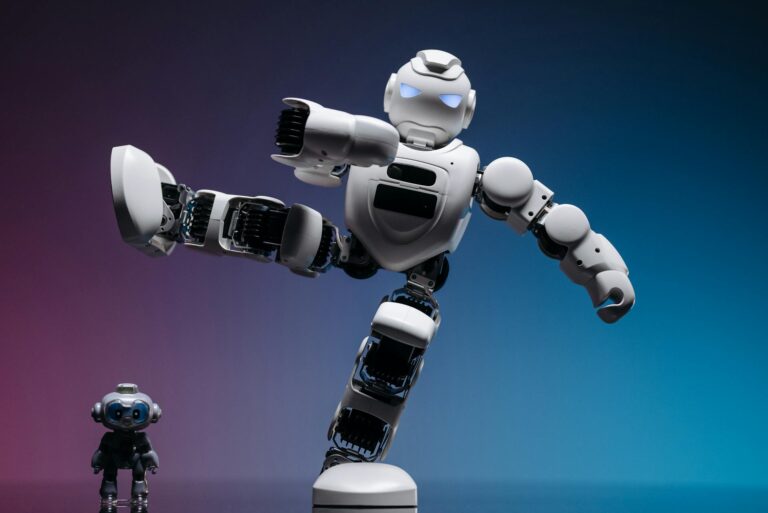5 AI Tools Popular Among USA Developers (2025 August Edition)

I am going to discuss today 5 AI tools popular among USA developers. Artificial intelligence has reshaped the software development landscape. They are now an essential component. This shift creates a significant paradox. The adoption of AI is increasing. Developer trust is decreasing. Tools like AI code completion tools and AI-driven testing are everywhere. The promise of developer productivity gains is undeniable.
What Defines a “Popular” AI Tool in the USA?
The most popular tools meet specific criteria. They do more than just write code. They solve business problems.
Productivity and Speed: The Need for Instant Results
Developers demand speed. They require tools that integrate seamlessly. The goal is to accelerate workflows. It is not to create new bottlenecks. A tool must provide instant value. It must also enhance velocity. This is the primary driver of adoption.
Data Privacy and Enterprise Security Requirements
Security is paramount. Enterprise teams cannot risk intellectual property exposure. Many developers remain cautious. They worry about their code becoming training data. Vendors must offer robust security controls. These include local models and strict data policies. As per Forbes Council’s 2025 analysis on AI security risks, this concern is a top priority for CTOs.
The Cost Factor: Free vs. Paid Models
Pricing models matter. A tool’s popularity often correlates with its cost structure. Free versions or freemium models attract individual developers. Enterprise pricing models must justify their expense. They must show a clear return on investment. The best tools offer both flexibility and value.
Top 5 AI Tools Popular Among USA Developers
I will share my personal experience here. I know the market for AI coding assistants is highly competitive. A few key players have emerged.
1. GitHub Copilot
GitHub Copilot maintains its dominant position. It is deeply integrated into the developer ecosystem. It works with major IDEs. It offers intelligent code suggestions. These suggestions are based on billions of public code lines. It is an extension of the developer’s mind.
2. Amazon Q Developer
Amazon is a big name. For teams in the Amazon ecosystem, Amazon Q Developer is a natural choice. It is optimized for AWS. It provides context-aware assistance. This includes generating code, debugging, and explaining complex APIs. It simplifies cloud development.
3. ChatGPT5
GPT5 is here. I have experience that ChatGPT is not a dedicated coding assistant. Developers use its versatility. They use it for everything. This includes writing functions, refactoring code, and brainstorming solutions. It acts as a powerful knowledge partner. Its ubiquitous use de facto dictates its use.
4. Tabnine
Tabnine concentrates on secrecy and security in my personal opinion. It offers a local-first approach. This keeps sensitive code on-premises. It is an ideal solution for regulated industries. Teams can train private models. This ensures code suggestions are relevant and secure.
5. Cursor
This is my favorite tool. Cursor is a different approach. It is not an extension. It is a full IDE built around AI. It integrates AI capabilities natively. It allows for code editing via natural language. It helps developers move faster.
The 2025 Developer Survey
Real-world data reveals contradictions. AI adoption is soaring. Trust remains a major issue. This section uses insights from the 2025 Stack Overflow Developer Survey.
| AI Tool | Usage Rate (Daily/Weekly) | Trust Level (Trust/Distrust) | Top Frustration |
| GitHub Copilot | 68% | 33% / 46% | “Almost right” code suggestions |
| ChatGPT | 82% | 33% / 46% | Time-consuming debugging |
| Amazon Q Developer | 40% | 39% / 35% | Poor context awareness |
| Tabnine | 25% | 51% / 22% | Lack of advanced features |
| Cursor | 15% | 37% / 30% | Steep learning curve |
Why Developers Remain Skeptical of AI
Developers do not trust AI blindly. The survey data is clear. Only a small fraction “highly trusts” the output. Experienced developers are the most cautious. They are responsible for code integrity. They understand the potential consequences. They verify every AI-generated line. This extra step erodes some productivity gains.
The Productivity Paradox: “Almost Right, Not Quite”
A majority of developers report a significant frustration. AI-generated code is often “almost right, but not quite.” This means the code looks good. There are slight untraceable bugs. This code is perishing more time than it takes to write one with debugability. This problem creates a paradox. AI speeds up initial generation. It can slow down the overall cycle.
Next-Gen AI Tools (Beyond Code Completion)
The future is here. AI is not only writing single lines of code, it’s automating entire workflows. Agentic bots are booming.
AI Tools for Documentation and Code Reviews
AI is becoming a key player in other areas. It can write documentation automatically. It analyzes code changes. It then generates release notes. AI tools for documentation save huge amounts of time. AI also assists with code reviews. It can identify potential errors. It flags security vulnerabilities. This enhances code quality across the board.
Boom of AI Agents in Development
AI agents are a major frontier. These systems can autonomously plan and execute multi-step tasks. An AI agent might receive a prompt like “Add a new user registration page to the application.” It then breaks the task down. It writes the code. It creates the tests. It even deploys the changes. This represents a huge leap in automation.
The process looks like this. A developer writes a task description. The AI agent analyzes it. It creates a plan. It writes the necessary code. It runs tests to confirm functionality. It then presents the solution. This is a game-changer for solo developers.
How to Choose the Right AI Tool for Your Workflow
Ask yourself, which tool is best for you? It requires careful consideration.
Who are you? A Full-Stack or a DevOps?
Different roles have different needs. If you are a full-stack developer, then you might prioritize a versatile tool. The tool both front, back end tasks. A devops engineer needs a tool that can be used to genererate infra as code. It should automate deployment scripts. Choosing the right tool requires understanding specific job functions.
Seamless Integration into Your Existing IDE
The best AI tools do not require a developer to change their habits. They integrate directly into existing workflows. The experience should be frictionless. Tools that require a separate window or interface often face resistance. The goal is to augment the existing environment. It is not to replace it. A tool’s success depends on its integration. According to a 2025 Microsoft guide on AI implementation, seamless integration is a core best practice.
Which AI Tool Wins?
There is no single “best” tool. And I am telling you this with my personal experience. The best tool depends entirely on the user’s context.
The Best Tool for Solo Developers
For solo developers, versatility is key. ChatGPT is an excellent choice. It serves as a general-purpose coding partner. Its broad knowledge base is a major asset. GitHub Copilot is also a strong contender. Its deep integration with IDEs makes it highly efficient. It excels at writing boilerplate code.
The Best Tool for Enterprise Teams
Enterprise teams must prioritize security and control. They need tools that offer on-premises or private cloud deployment. Tabnine provides this. Its privacy-first model is crucial for sensitive projects. Amazon Q Developer is a solid option for AWS-centric organizations. It offers a secure and streamlined path for cloud development.
Closing Words
My personal closing thoughts on this: adoption of AI tools among developers in the USA and world is accelerating. This trend shows no signs of stopping. The tools are getting more powerful. They are also becoming more specialized. Developers’ trust remains a critical hurdle.
The paradox of adoption and skepticism defines the current landscape. Companies must choose their tools wisely. I suppose that the creators should keep in mind the productivity, security, and cost. The most suitable AI tool is that which will satisfy your particular needs. It augments your work. It does not create new problems. Choose a tool that fits your unique workflow.






